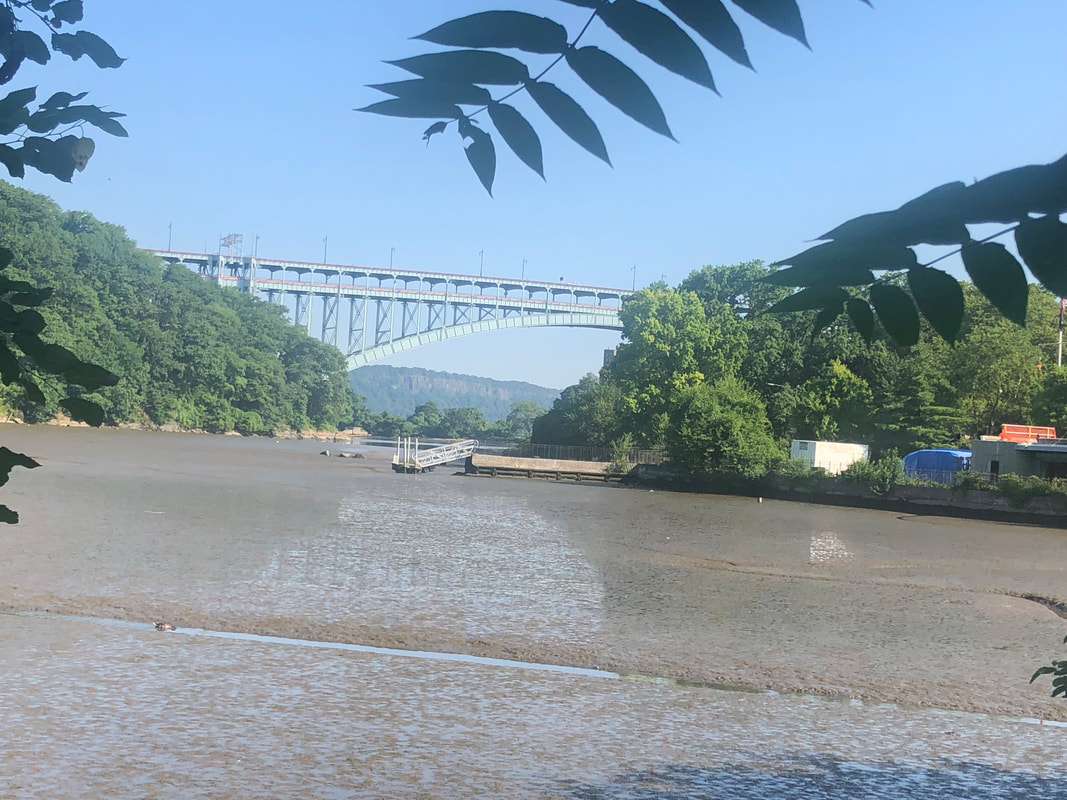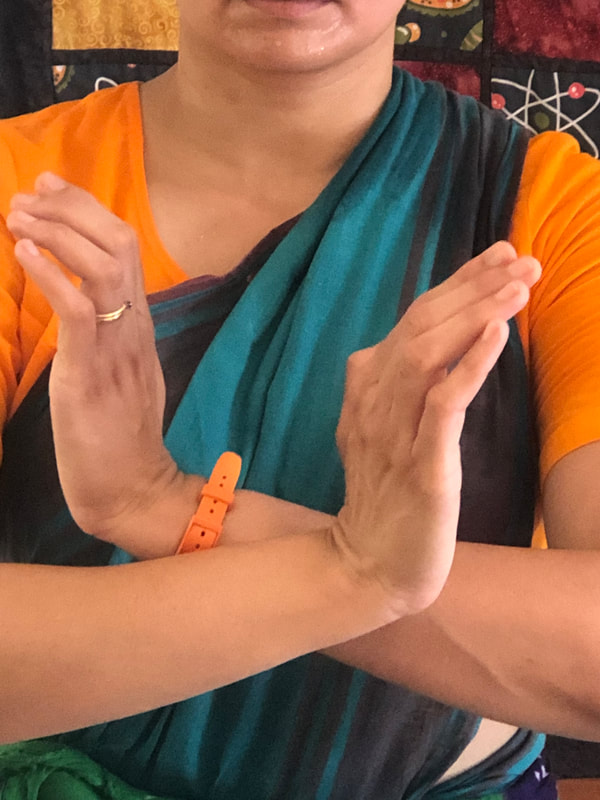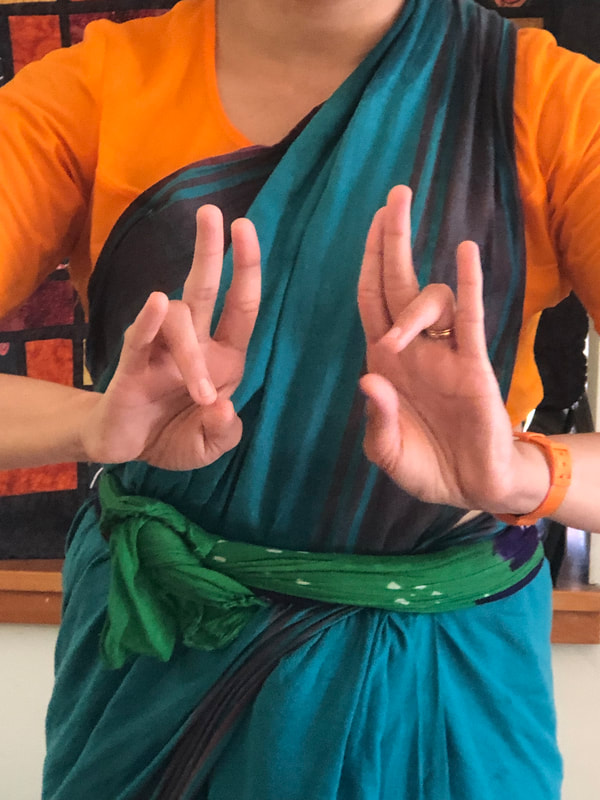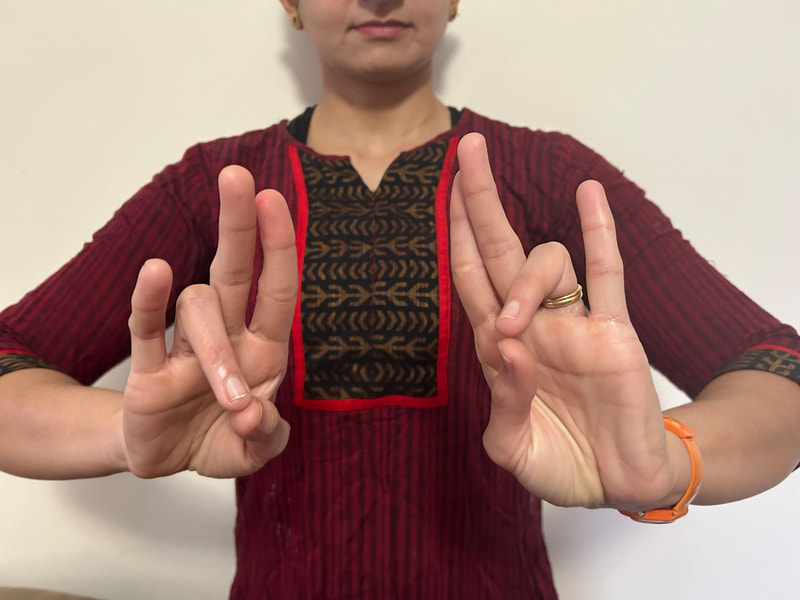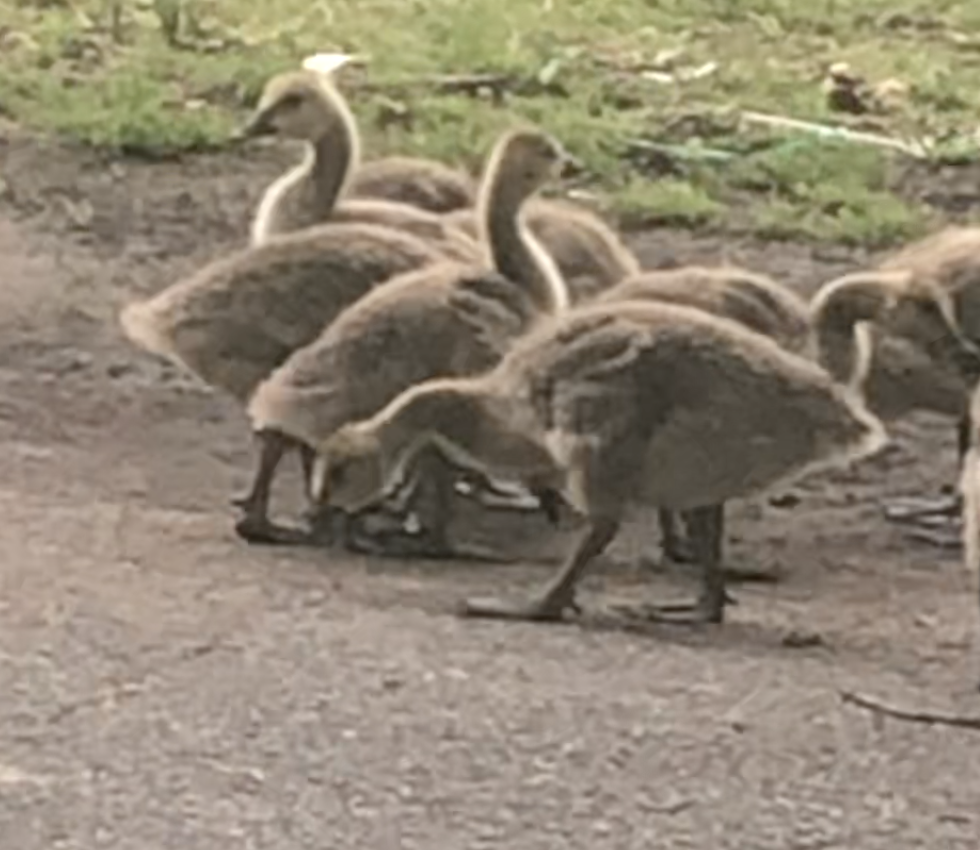|
Creatures on the move - an introduction Episode 2 of Vichaar is all about movement. We looked at the neuroscience of movement, the types of movement in Bharatanatyam ranging from subtle, minute ones, to those that span the entire stage. In subsequent blog posts, I talked about the evolution of movement for survival, stillness and the complexity of staying still, saccades, and synaptic plasticity in movement as is evident by my Pup running on three paws. The depiction of animals in Bharatanatyam is not uncommon - we routinely show Lord Kartikeya's peacock, Lord Ganesha's mouse, his elephant trunk and tusk, and the snake For the upcoming episodes on the theme of movement, I will explore animals, the way they move, and how their brains and nervous systems make their movement possible. All the animals you will see in this series are from my neighborhood of uptown Manhattan, which speaks to the wonders of nature that reside right at our doorsteps!
I hope these posts make you think of your favorite animals, how their movement inspires you, and how you may evoke it in dance.
0 Comments
Movement of butterflies
We love butterflies for their color and joyful spirit. Butterflies are amazing creatures; we have all heard of the monarch butterflies flying as many as 2,000 miles to migrate to warmer climes, using geomagnetic cues. Sadly, a recent study just declared monarch butterflies as an endangered species [1]. For my dance world, butterflies provide an endless source of inspiration as far as the color combinations they exhibit - for example, how would these colors of blue and black look in a Bharatanatyam costume? Butterfly bodies are different from those of birds, as they lack the rounded profile which provides lift to move through the air. Butterfly wings are short, wide, very large, and flat. Butterflies have evolved a unique way of moving through air called “cupping and clapping”. The flexible wings of the butterfly help it create a propulsive “clap” mechanism and moves it forward. The wings have a downstroke as well, which helps support their weight [2]. A butterfly can also rotate its body in flight to control the direction of its flight [3]. You can find a slow-motion video of a butterfly moving its wings here. To the left, there is a video of a butterfly on one of my walks; to the right is my attempt of recreating its movements with my hands. What does the butterfly symbolize to you? Citations:
|
About SlokaMy name is Sloka. I am a neuroscientist and Bharatanatyam dancer; you can find more about me here. Archives
June 2024
|
